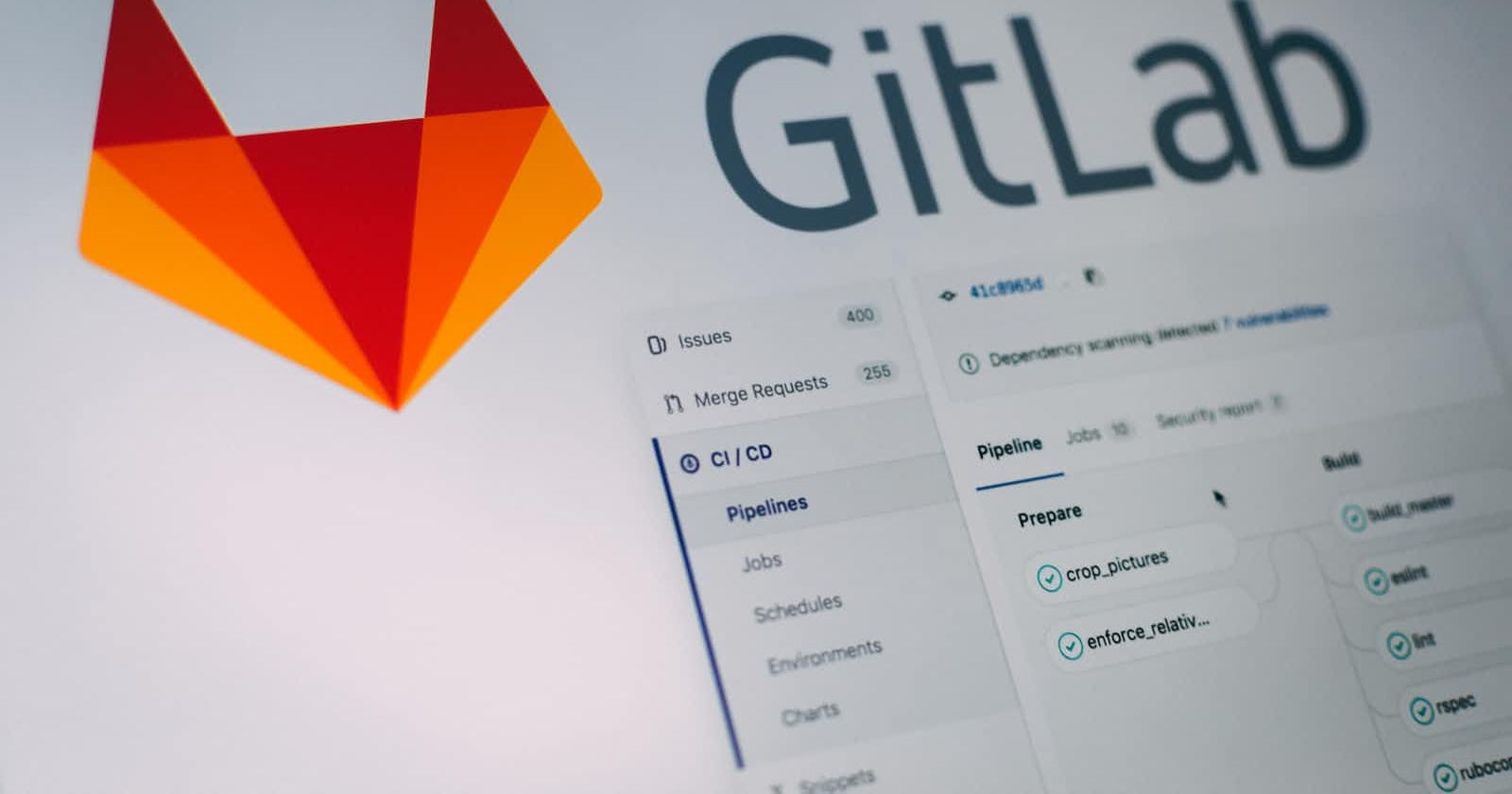
Photo by Pankaj Patel on Unsplash
Git Branching in Laravel
Mastering the Three Musketeers - Master, Staging, and Develop
Laravel, the ever-evolving PHP framework, empowers developers to craft stunning web applications with expressive syntax and robust architecture. But to truly unlock its potential, a well-defined Git branching strategy is your secret weapon. In this comprehensive guide, we'll dive deep into the art of "Git branch sequences" and explore how to establish the holy trinity of branches in your Laravel project: master, staging, and develop. Buckle up, Laravel aficionados, as we navigate the intricate dance of version control and efficient deployments!
The Branching Trio: Unpacking the Powerhouses
Master: The pinnacle of stability, the crown jewel of your application. This branch houses the production-ready code that drives your live website or web app. Treat it with reverence, commit only thoroughly tested and reviewed code, and avoid direct modifications unless absolutely necessary. Think of it as the Mona Lisa of your codebase, preserved for all to admire.
Staging: The pre-show before the grand premiere. The staging branch serves as your testing playground, where you rehearse your latest developments before they hit the live stage. Deploy your code from develop to staging, conduct rigorous tests with simulated production environments, and iron out any kinks before they reach your unsuspecting users. Imagine it as a dress rehearsal, ensuring your masterpiece shines under the spotlight.
Develop: The playground for innovation and experimentation. This is where you unleash your inner coding maestro, crafting new features, refactoring existing code, and pushing the boundaries of your application. Develop is your sandbox, a safe haven to try out wild ideas and refine your gems without endangering the live website. Think of it as Willy Wonka's chocolate factory, where you concoct delightful features for your users to savor.
The Workflow Symphony: Composing the Perfect Branch Sequence
Branching Out: From the sacred master branch, spawn new branches for each feature or bug fix you tackle. Use descriptive names like feature/new-user-registration or bugfix/404-error. This keeps your codebase organized and facilitates tracking changes, like following breadcrumbs in a magical forest.
Developing with Focus: Dive into your dedicated branch, code like a coding ninja, and commit your progress regularly. Remember, small, focused commits with crystal-clear messages are your friends. Utilize Laravel's built-in tools like unit testing and code reviews to ensure quality, like meticulous chefs perfecting their dishes.
Staging the Show: Once your feature is polished and tested in your local environment, merge it into the develop branch. This integrates your masterpiece into the main development stream, like adding a new verse to your epic poem. Remember, ensure everything is sparkling clean before merging, like a spotless performance before the audience.
Deployment Day: When your develop branch is ready for the big leagues, deploy it to the staging environment. Run comprehensive tests, gather feedback from stakeholders, and polish any rough edges. Think of it as a dress rehearsal with your trusted critics, refining your performance before the grand opening.
Merging into the Masterpiece: If all goes swimmingly in staging, it's time to promote your changes to the master branch. Merge the develop branch into master, triggering a deployment to your live application. Now, your users can experience the fruits of your coding labor, like unveiling your masterpiece to the world!
Laravel-Specific Gems to Elevate Your Workflow:
Laravel Artisan Commands: Leverage
php artisan branch:createandphp artisan branch:mergeto streamline branch creation and merging, like having magical tools at your disposal.Git Tags: Mark important milestones or releases with Git tags for future reference, like leaving bookmarks in your codebase's grand adventure.
Branch Protection: Set up rules to prevent accidental modifications to critical branches like master, like adding a force field around your most prized possessions.
CI/CD Pipelines: Embrace the power of tools like Jenkins or Travis CI to automate deployments and merge checks, freeing yourself to focus on creating magic.
By mastering the art of Git branch sequences in Laravel, you unlock a world of organized development, efficient testing, and seamless deployments. Remember, a well-defined branching strategy is the foundation of any successful Laravel project. So, embrace the branching trio, channel your inner Git maestro, and watch your Laravel applications sing!
This extended version delves deeper into the practicalities of using Git branches within Laravel, providing specific commands and tools to enhance your workflow. It also emphasizes the importance of automation and best practices like branch protection, making it a more comprehensive guide for Laravel developers of all levels.
